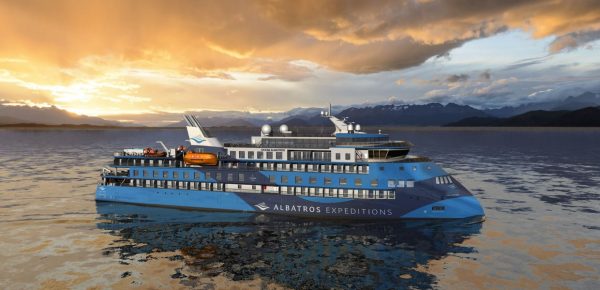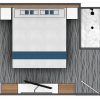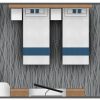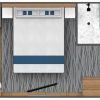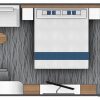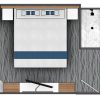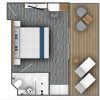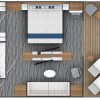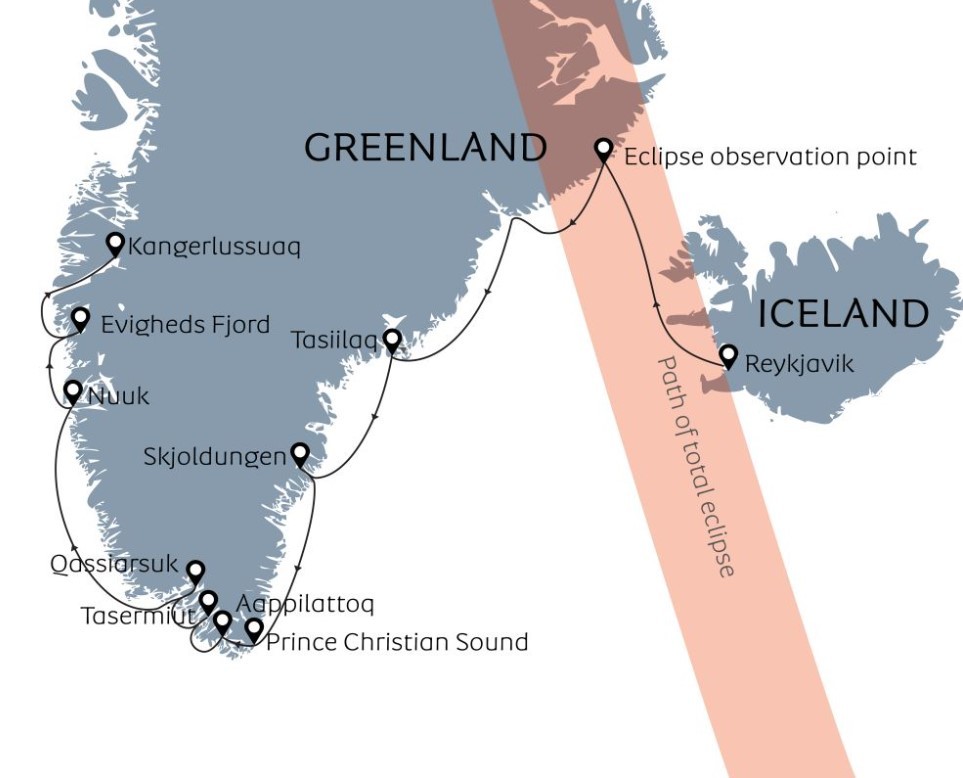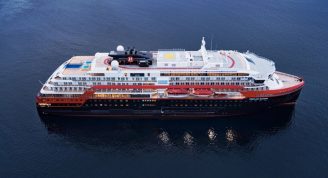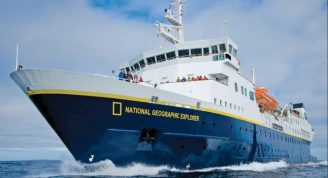Description
Experience one of nature’s most dazzling phenomena in one of the world’s most awe-inspiring destinations. Experience totality in wild East Greenland. Experience with us.
On August 12, 2026, a total solar eclipse will pass southwards through mountainous Northeast Greenland. At 16:37 in the afternoon, the shadow of the moon will reach the dramatic and isolated Blosseville Coast in East Greenland. Our vessel Ocean Albatros will be anchored close to shore at the exact centre of the total eclipse. Sheltered from the ocean, our calm landing beach will provide unobstructed view towards the western sky. Totality will last for 2 minutes and 17 seconds.
This unique solar eclipse, far away from any inhabited location, is a fitting start to our grand expedition cruise from East to West Greenland. Departing the hip Icelandic capital of Reykjavík, we will sail directly for the eclipse area to witness this natural wonder, surrounded by staggering natural beauty. Following this spectacle, we will cruise southward along the east coast of Greenland, witnessing glaciers flowing from the snow-capped peaks of the Watkins Mountains, experiencing unique East Greenlandic culture in the town of Tasiilaq, and marvelling at the stunning fjords and glaciers of Skjoldungen. From here we will sail through the magnificent strait of Prins Christiansund, a glacier-lined channel separating Kap Farvel (Greenland’s southernmost point) from the mainland. We will next venture deep into the fjords of South Greenland to visit the ancient remains of Erik the Red’s farmstead. The lush green pastures and rolling hills of South Greenland make it easy to see why the Norse settlers gave the island the name it bears to this day – and why the Norse chose to settle in this green paradise.
Following the magnificent coastline of Earth’s largest island, we will visit Nuuk, one of the smallest world capitals. Nuuk still has a strong Greenlandic vibe; tiny traditional wooden houses sit in the shadow of glassy towers, and locals buy seal and whale meat at the city market. From Nuuk we will chart a course for Evighedsfjord, the“Fjord of Eternity”, where several glaciers flow from jagged peaks down into the plunging depths of the fjord. After twelve days on this exciting and unforgettable eclipse cruise, we disembark in Kangerlussuaq, ready for the flight back home. Our expedition vessel Ocean Albatros is a revolutionary and stylish small ship that combines exquisite comfort with modern technology as well as unique stability in rough seas. First-class dining and expert lectures on astronomy, zoology, geology, and Inuit culture will enhance this unique voyage to witness totality on Earth’s largest island.


